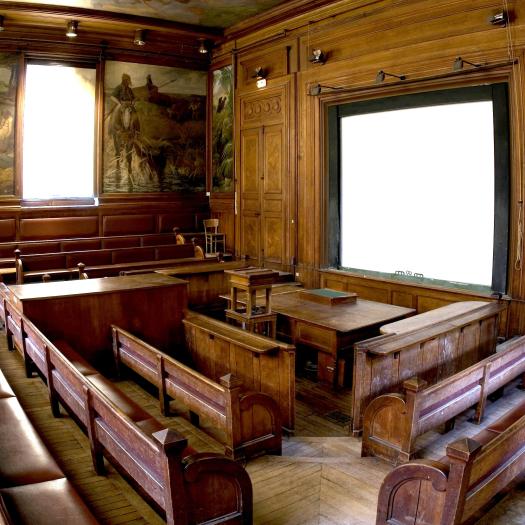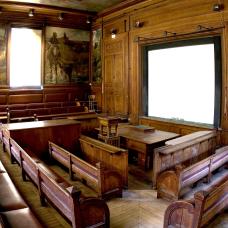PhD Defense - Valentin Buffa


La soutenance aura lieu le mardi 29 novembre 2022 à 14h00 dans l’amphithéâtre de Paléontologie de la Galerie de Paléontologie et d’Anatomie Comparée (2 rue Buffon 75005 Paris).
Composition du jury :
Abstract:
Diapsid reptiles, represented today by their crown-group Sauria, form the most diverse group of extant amniotes and were also the most conspicuous tetrapods of the Mesozoic Era. Despite their much sparser Permo-Triassic fossil record, stem-saurian diapsids show a surprising large morphological and ecological disparity, including arboreal and aerial taxa. Among those, the late Permian Weigeltisauridae, the oldest known gliding vertebrates, and the chameleon-like Drepanosauromorpha from the Late Triassic show some of the most extreme specializations in tetrapods linked to an arboreal habitat. Both groups have been proposed to form the clade ‘Avicephala’, the earliest diapsid group of arboreal specialists, and one of the few to survive the Permo-Triassic Mass Extinction (PTME). Yet, the monophyly of ‘Avicephala’ remains controversial. Furthermore, given that weigeltisaurids are the earliest known gliding vertebrates, their study is paramount to the understanding the evolution of vertebrate flight. Yet, few studies have examined the actual gliding capabilities of these reptiles.
In this work, I first redescribe and provide novel anatomical data on both weigeltisaurids and drepanosauromorphs using several imaging techniques, with a particular focus of the weigeltisaurid Coelurosauravus elivensis from the late Permian of Madagascar. These new data are then included in a novel phylogenetic dataset designed to examine the phylogenetic relationships of these reptiles among Permo-Triassic diapsids. Lastly, I examine the aerodynamic performances of C. elivensis through Computational Fluid Dynamics (CFD) simulations of gliding flight.
My phylogenetic analyses recover a paraphyletic ‘Avicephala’, with weigeltisaurids closer to the saurian crown-group than previously suggested, and drepanosauromorphs as sister-group to Pterosauria in a new, well-supported clade of ornithodiran archosaurs. The implications of the latter result are two-fold. First, it drastically reduces the ghost lineage at the base of Drepanosauromorpha, and reduces the number of diapsid lineages that survive the PTME. Second, it illuminates the sequence of acquisition of character states prior to the acquisition of powered flight in pterosaurs, supports the hypothesis that the latter evolved from arboreal ancestors, and suggests that this habitat played a role in the origin of flight.
Weigeltisaurids thus represent the only arboreal specialists among stem-saurian diapsids. I show that the patagial wings of these reptiles are anchored to the gastral basket, and thus emerge from the ventral flanks, contrary to the more dorsal wings of extant gliders such as Draco volans in which the wings derive from the dorsal ribs. CFD analyses of gliding flight in both D. volans and C. elivensis demonstrate both taxa show convergent adaptation to lift generation during gliding by generating a strong underpressure and vortices above the wings at high angle of attack. Like D. volans, C. elivensis and other weigeltisaurids may have been able to control lift and drag generation by adopting different postures in air, enabling them to maneuver better and to glide over longer distances.
This work thus improves our understanding of the morphological and ecological evolution of the first arboreal diapsids, and provides ground work for future numerical paleobiological studies of gliding or flying vertebrates.



